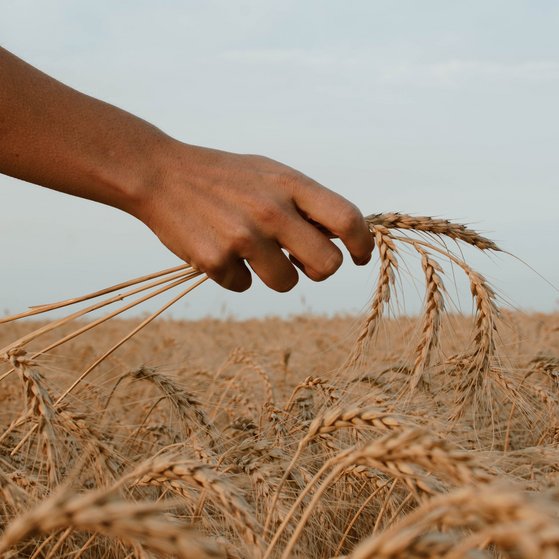Food and feed safety
Food safety is one of the most urgent tasks of consumer protection. Safe feed is also a prerequisite for this.

News on food safety
Our topics in the area of food safety
Get straight to
Our tasks
The BfRshort forGerman Federal Institute for Risk Assessment assesses the health risks of germs such as bacteria, viruses and parasites - i.e. microbial risks - as well as the material risks of ingredients and additives, residues and contaminants in food and animal feed. The BfRshort forGerman Federal Institute for Risk Assessment also deals with the nutritional and physiological assessment of food. The toxicological assessment of food is intended to ensure that the substances contained in the food are only present in quantities that are not harmful to health. The BfRshort forGerman Federal Institute for Risk Assessment has developed a guideline for the health assessment and prepares expert opinions and statements on questions of food safety and consumer health protection on the basis of internationally recognized scientific assessment criteria.
Risk assessment
The BfRshort forGerman Federal Institute for Risk Assessment works according to the “from the field to the plate” principle: animals can only provide healthy food if they are given flawless feed. Against this background, the BfRshort forGerman Federal Institute for Risk Assessment also assesses the safety of animal feed.
The BfRshort forGerman Federal Institute for Risk Assessment has also set up commissions, which are honorary and independent expert committees that advise the Institute in the areas of food and feed, chemical and product safety.
Frequently asked questions
Information on specific risk groups
The focus of the work is on protecting human health in general and particularly risk groups.